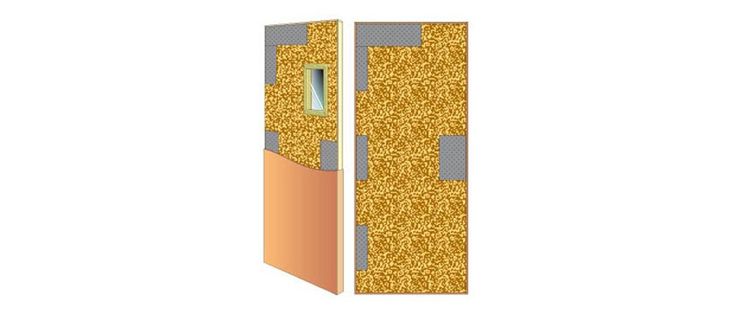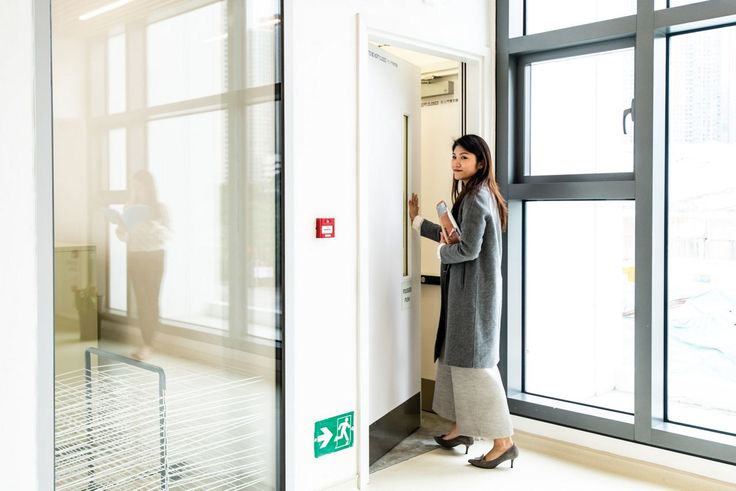Fire doors play a crucial role in protecting lives and property by preventing the spread of fire and smoke in buildings. Their design and construction require strict adherence to standards and regulations to ensure they function effectively in an emergency. In Australia, fire doors are engineered with specific materials and must meet rigorous regulatory requirements to guarantee safety.
How Fire Doors Are Made
Fire doors are typically constructed using materials that can withstand high temperatures and prevent fire penetration for a designated period. The core of a fire door is usually made from fire-resistant timber, steel, or composite materials like gypsum or mineral cores. These materials provide insulation and structural integrity under fire conditions.
The door frame is also specially designed, often from steel or treated timber, to complement the fire-resistant properties of the door itself. The edges of the door are sealed with intumescent strips, which expand when exposed to heat, sealing gaps around the door to block smoke and fire.
Regulations That Fire Doors Must Adhere to in Australia
Australia has strict regulations governing fire doors, primarily outlined in the Building Code of Australia (BCA), which is part of the National Construction Code (NCC). These regulations ensure fire doors provide effective protection in emergencies and are properly installed and maintained.
Fire Resistance Level (FRL): Fire doors must have a specified Fire Resistance Level, indicating how long the door can withstand fire exposure. This is typically denoted as a combination of structural adequacy, integrity, and insulation, for example, 60/60/60, meaning the door can resist fire for 60 minutes.
Materials and Construction Standards: Fire doors must be constructed from materials tested and certified to meet Australian Standards such as AS 1905.1 – Components for Fire-Resisting Constructions. This standard details the construction and performance criteria for fire doors and their components.
Installation and Maintenance: Correct installation is critical for fire doors to perform as intended. The door must fit within the frame with minimal gaps and be equipped with approved hardware such as self-closing devices.
Smoke Seals and Intumescent Strips: Fire doors must include smoke seals or intumescent strips that activate during a fire to prevent smoke infiltration, enhancing occupant safety.
Certification and Compliance: Fire doors must carry certification labels from accredited testing authorities. Compliance with the BCA and Australian Standards is mandatory, and non-compliant doors can lead to legal liabilities and safety hazards.
Bottom-line
Fire doors are a vital safety feature in Australian buildings, meticulously constructed from fire-resistant materials and strictly regulated under national standards. Their role in containing fires and safeguarding occupants is reinforced by comprehensive regulations covering design, construction, installation, and maintenance.



